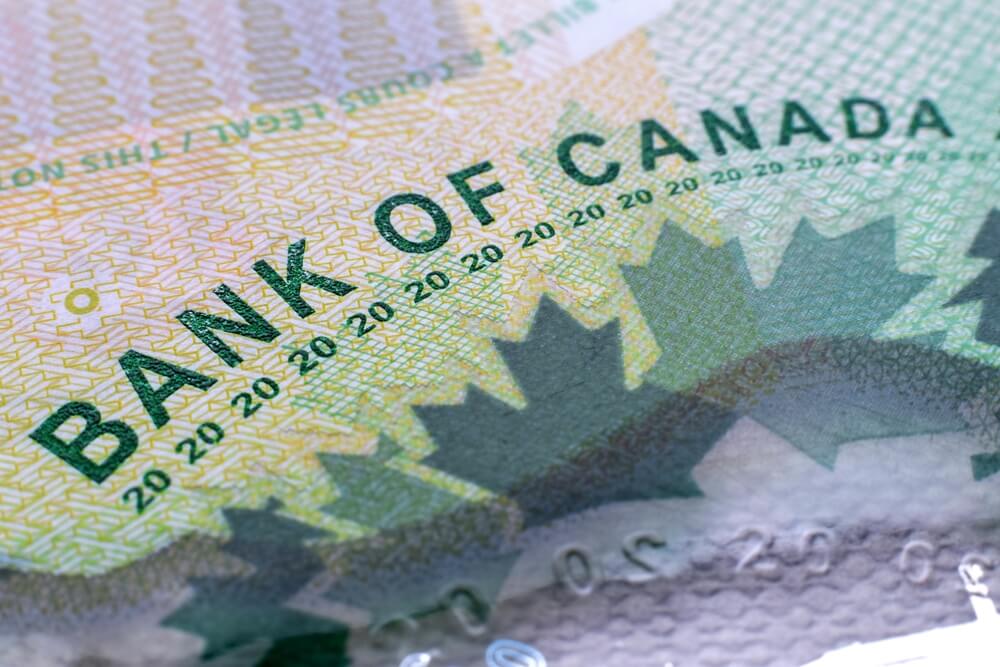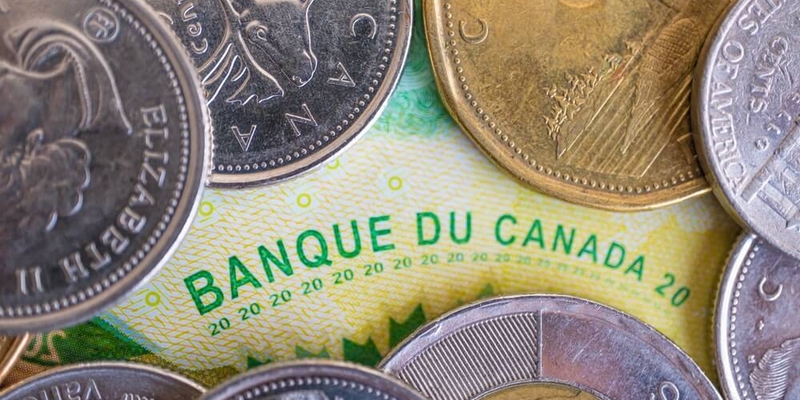All About Childrens Bank Accounts in Canada
Learn about your options for children's bank accounts in Canada.
Children’s Accounts 101
Did you know that many financial institutions in Canada offer bank accounts for children? These accounts help kids learn about the basics of personal banking and the importance of managing money from a young age. Children under 18 must have a parent or guardian as their joint account holder. As the joint account holder, you’ll have access to all their funds and bank statements. This allows you to carefully monitor their transactions.
At RATESDOTCA, you can easily compare different children’s bank accounts to find the perfect fit for your child.
The main features of children’s accounts are:
- No minimum deposit
- Zero-dollar banking fee
- Compound interest

Why does my child need a bank account?
We spend our whole lives learning how to effectively manage our money, from taking care of our first little piggy banks to investing in long-term savings.
Set your child up for success with a bank account at an early age. A childrens bank account can help you teach money management skills to young children. At RATESDOTCA, we agree with the Canadian Bankers Association that financial literacy has become very important for young Canadians. As the newer generations go cashless, instilling the value of saving money becomes crucial. Many Canadian financial institutions offer great childrens and youth bank accounts for children and young adults.
What’s the difference between a basic chequing account and a children’s account?
Young children usually start with small savings of $10-$50, amounts that are not suitable for a typical chequing account. A typical chequing account comes with several limitations such as account minimums and monthly fees, features that young children may not understand or could get discouraged by. A children’s account makes banking simple.
Several financial institutions offer zero-minimum balance and zero-monthly fee accounts, specially designed for young children. Such age appropriate accounts can teach kids a lot about savings, transactions and future responsibilities. Unlike a basic chequing account, most children’s accounts come with an interest rate, allowing the young clients to watch their savings grow.

What are the long-term benefits of a childrens bank account?
A children's bank account gives your child an opportunity to start learning about day-to-day transactions, from depositing money to completing Interac e-Transfers.
Here are the 7 main benefits of applying for a children's bank account:
- You can teach your child the benefits of planning by helping them save for future goals.
- They can learn better math skills by looking at their bank statements.
- You can encourage your child to earn money through little chores or good deeds, which they can deposit into their account.
- If you choose to give them a linked debit card, you can teach them the additional responsibilities that come with having access to money.
- Most children's accounts come with compound interest that can help them learn the long-term benefits of savings.
- A bank account shows them the value of having money and all the possibilities it can bring into their lives.
- As children get older, they can smoothly transition deeper into the world of personal banking and explore student chequing accounts etc. Your childs bank account can become a standard chequing account automatically when they turn 18, or 19 in some cases.
What to look for in a children’s bank account?
When it comes to finding the best bank account for your child, here the features you should consider:
- Fee – Look for an account with a zero-dollar banking fee. This will ensure that your child’s savings aren’t compromised by monthly dues. Most children’s and youth accounts come with this unique benefit.
- Transaction Limits – Having too many transaction limits can take the fun out of banking for children. Look for a children’s bank account that can encourage them to make a few transactions a month, without incurring fees.
- Interest – Unlike a typical chequing account, a children’s account usually comes with the additional benefit of compound interest to excite the little clients! This helps them learn the benefits of depositing and saving their allowances, gift money etc.
- Physical branches - You probably have some fond memories of going to the bank with your parent or guardian. Why not gift those memories to your child by choosing a financial institution that offers a physical location you can take them to? Digital banks may offer better interest rates, but you will miss out on making such memories.
- Perks – Some financial institutions offer unique perks that attract young children. This can vary from something very small like a piggy bank to bigger perks like free movie tickets.
At RATESDOTCA, you can explore a wide variety of children’s bank accounts with your child, showing them the unique benefits of each. Get your child’s financial journey started today!








